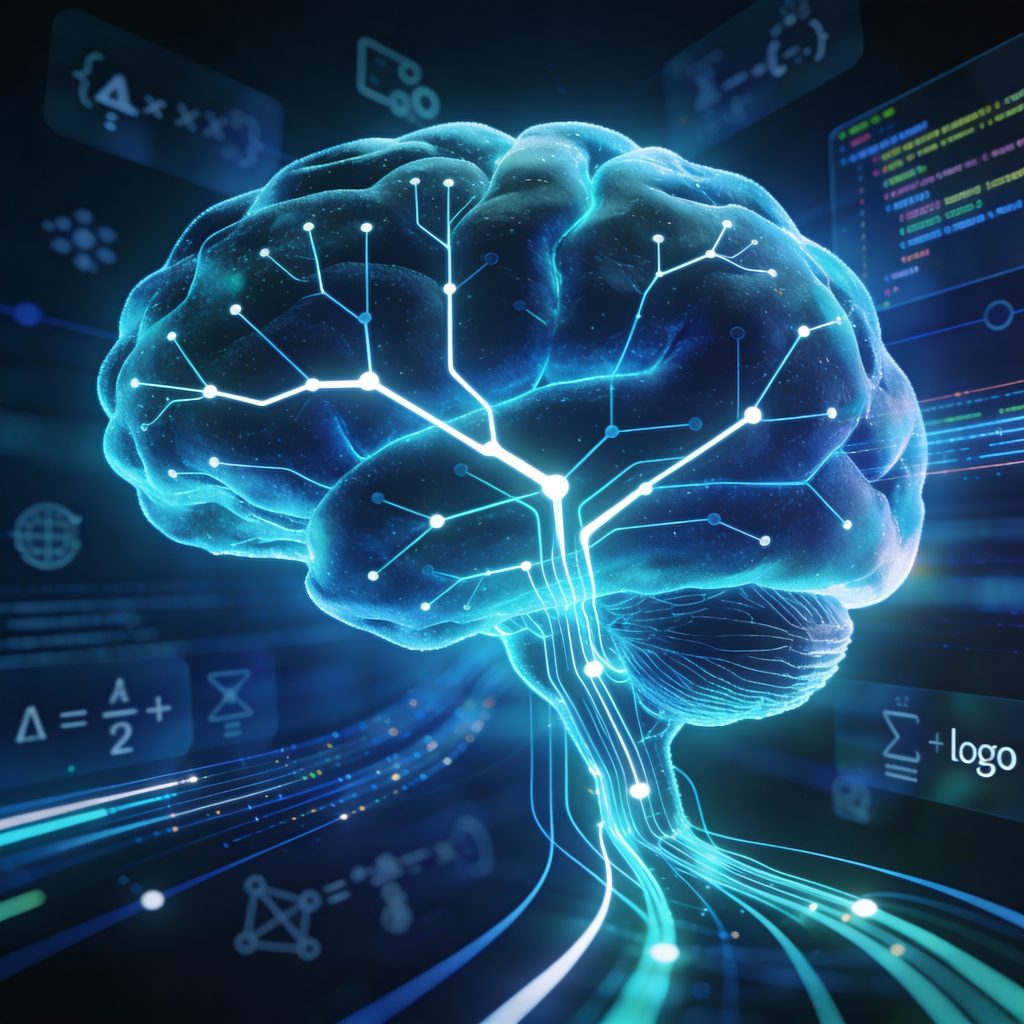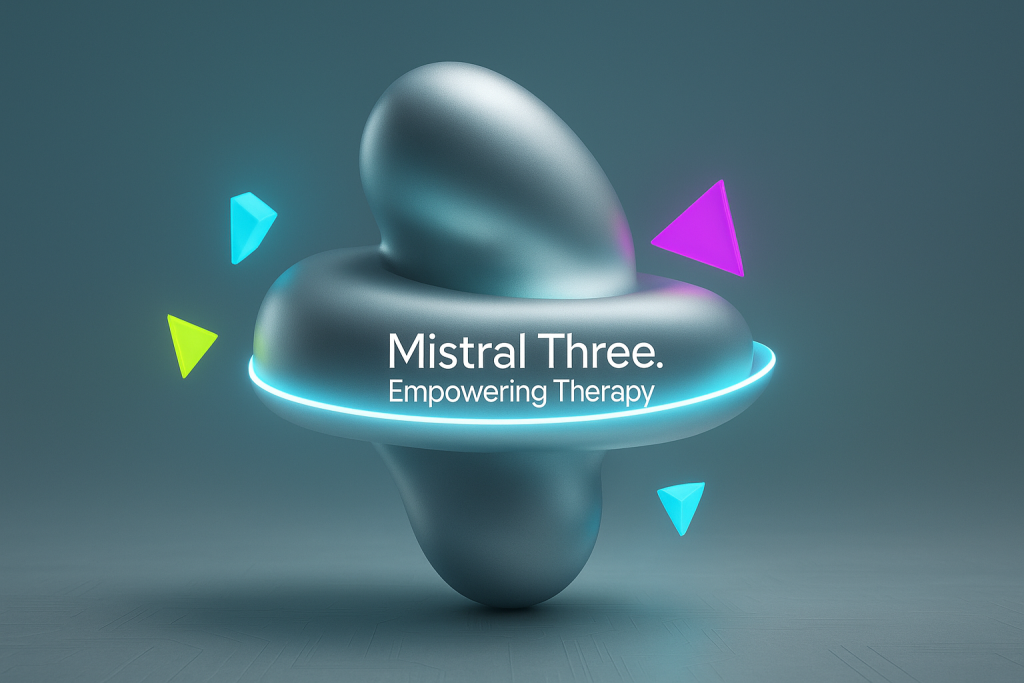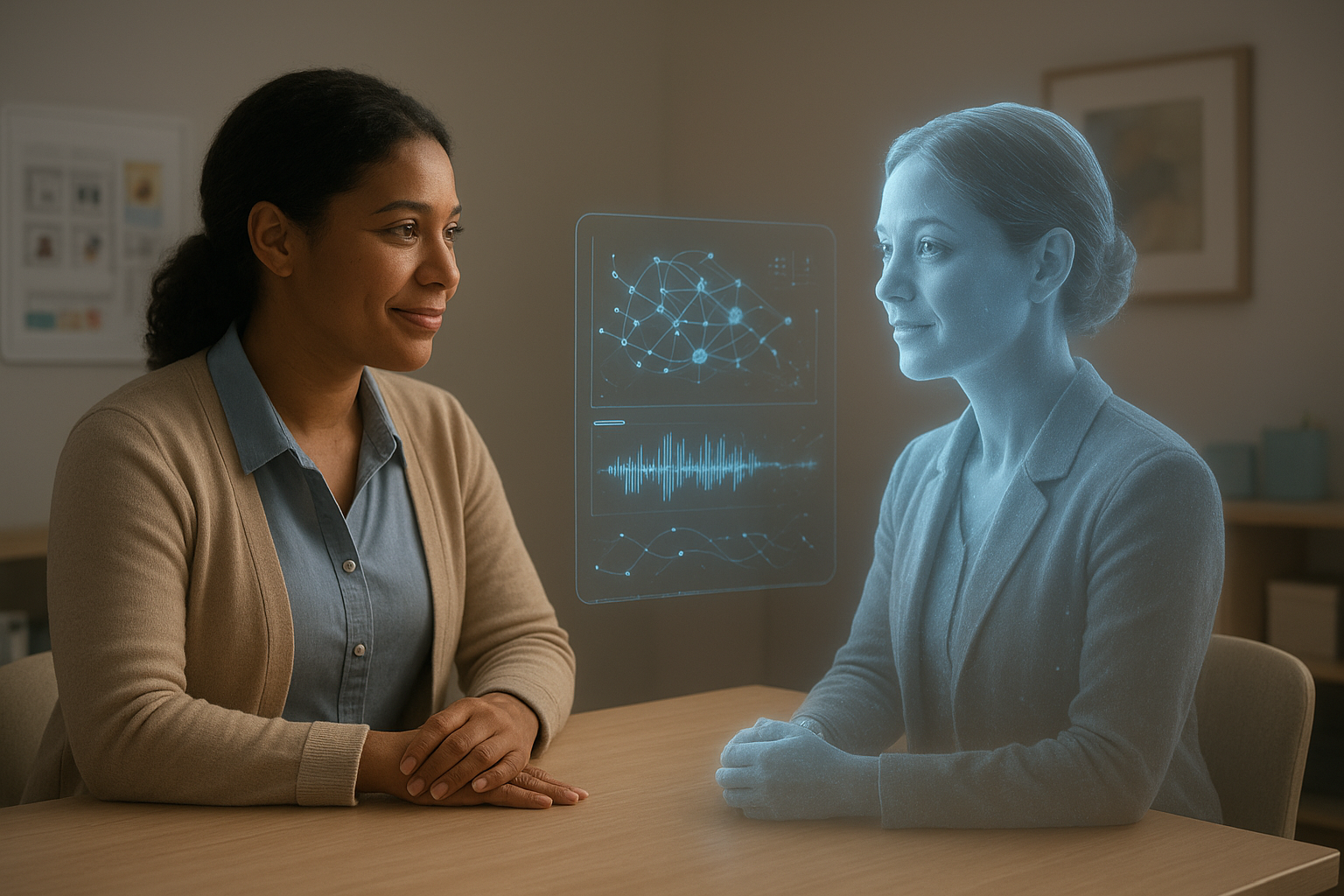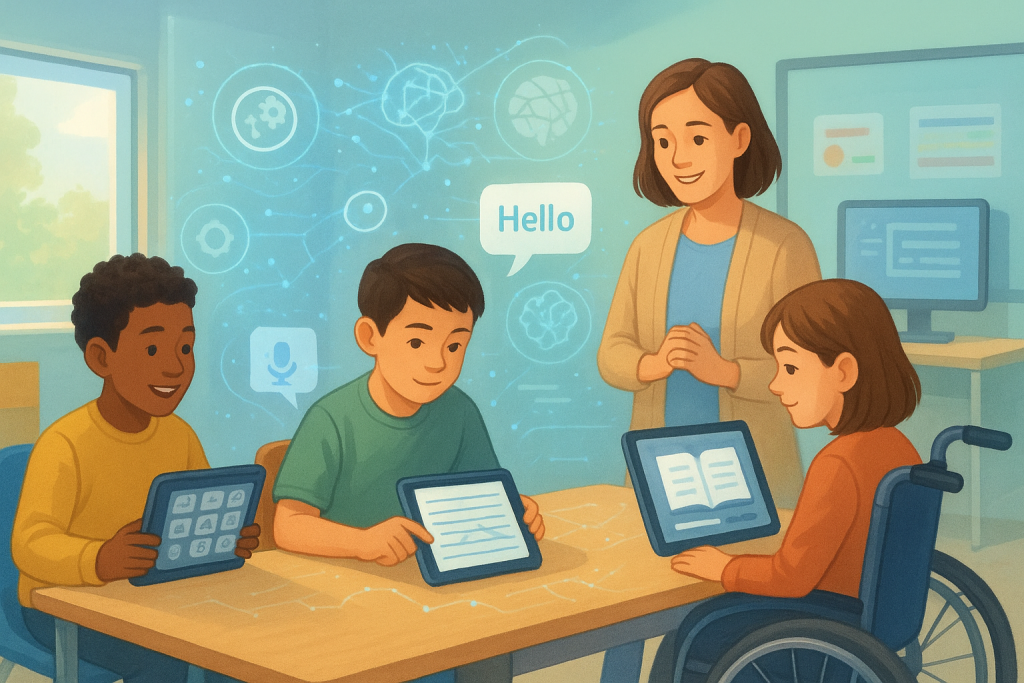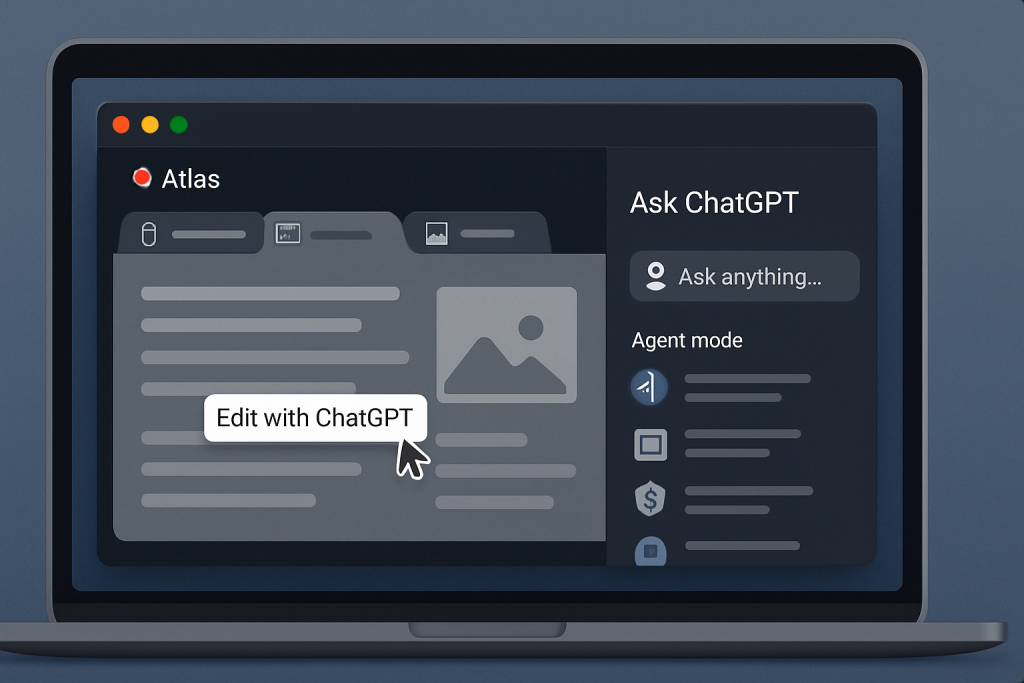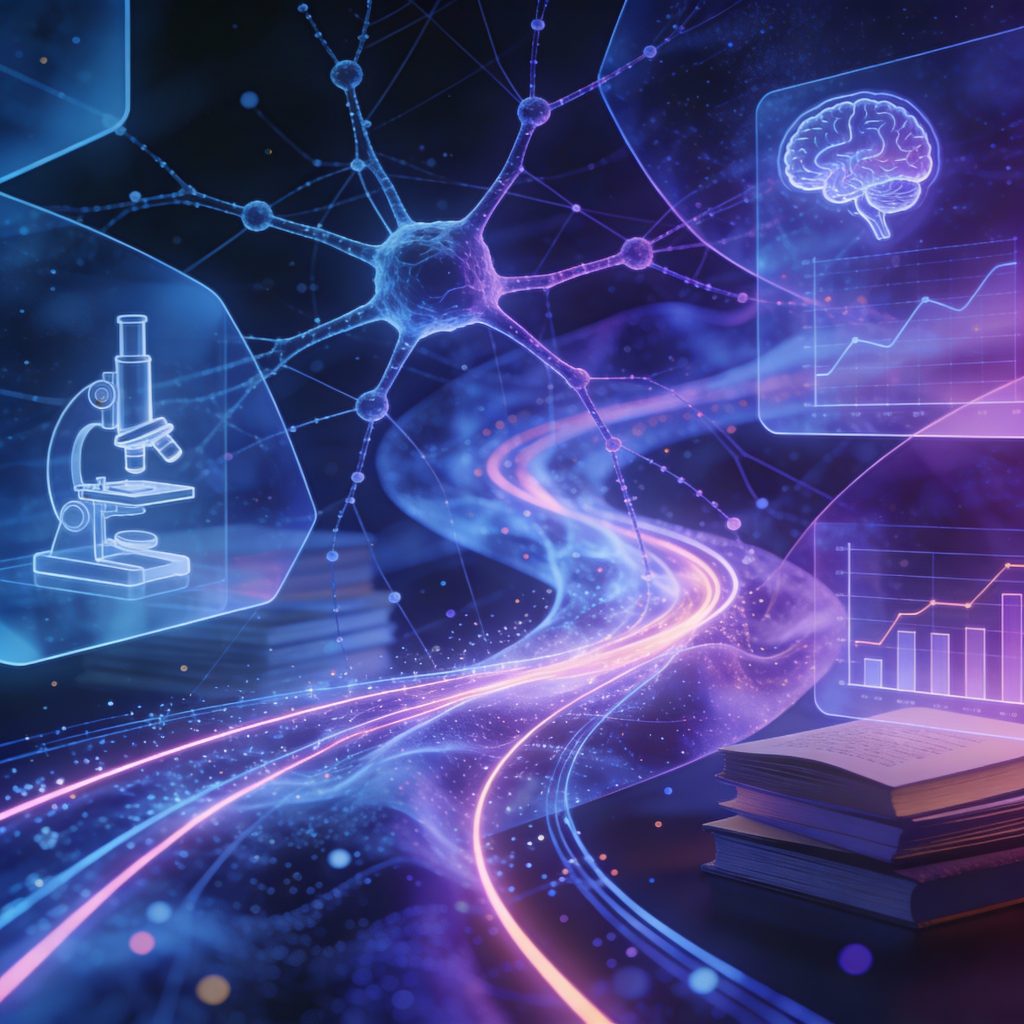
Everything to Know About DeepSeek V3.2 — Our Take
Every once in a while, an AI release comes along that doesn’t just add a new feature or slightly better benchmark scores, but quietly changes what feels possible. DeepSeek V3.2 is one of those releases. If the name “DeepSeek” sounds dramatic in U.S. tech circles right now, it’s because it has earned that reputation—not by being loud or flashy, but by consistently challenging assumptions around cost, scale, and who gets to push real innovation forward. With V3.2 and its more advanced sibling, V3.2-Speciale, DeepSeek is once again forcing the industry to rethink how long-context reasoning should work. At the core of this release is something deceptively simple: sparse attention. Most large language models today try to attend to everything in a conversation or document at once. As the context grows, the computational cost grows dramatically. In practical terms, this means long reports, extended case histories, or complex multi-step reasoning quickly become expensive and slow. DeepSeek’s approach is different. Sparse attention allows the model to focus only on the parts of the input that actually matter for the task at hand, rather than re-reading everything every time. Conceptually, it’s much closer to how humans work—skimming, prioritizing, and zooming in where relevance is highest. The impact of this design choice is substantial. With traditional attention mechanisms, processing a document that is ten times longer costs roughly ten times more. In some cases, it’s even worse. With DeepSeek’s sparse attention, that cost increase is dramatically reduced, closer to linear rather than exponential. In real terms, this makes long-context AI—something many of us want but rarely use extensively—far more practical. For anyone dealing with long documents, extended conversations, or cumulative data over time, this shift matters more than most headline features we see announced. Then there is V3.2-Speciale, which is where DeepSeek moves from “interesting” to genuinely hard to ignore. This model has achieved gold-medal-level performance across some of the most demanding reasoning benchmarks in the world, including the International Mathematical Olympiad and other elite competitions typically used to stress-test advanced reasoning systems. On widely referenced benchmarks like AIME and HMMT, Speciale outperforms or matches models from labs with far larger budgets and brand recognition. What stands out here is not just raw performance, but the timing—DeepSeek released this level of reasoning capability before several Western labs many assumed would get there first. There is, of course, a trade-off. Speciale generates more tokens per complex problem, meaning it “thinks out loud” more than some competing models. Normally, that would translate into higher costs. However, DeepSeek undercuts the market so aggressively on pricing that even with higher token usage, overall costs remain significantly lower. When you step back and do the math, users still end up with meaningful savings for advanced reasoning tasks. This pricing strategy alone reshapes who can realistically experiment with deep reasoning models and who gets left out. Equally important is how DeepSeek built and shared this work. The team leaned heavily into reinforcement learning at scale, training the model across thousands of steps and simulated environments that included coding, mathematics, database reasoning, and logic-heavy tasks. They also introduced a two-stage training process, first teaching a smaller system how to identify what matters in a conversation, then using that knowledge to guide the full model’s sparse attention. What sets DeepSeek apart, though, is transparency. The technical paper doesn’t just celebrate success; it documents methods, design choices, and even failure cases. In an industry where secrecy is often the default, this openness accelerates progress well beyond a single lab. From our perspective at Happy Brain Training, the real significance of DeepSeek V3.2 isn’t about beating one model or another on a leaderboard. It’s about access. When long-context reasoning becomes ten times cheaper, it stops being a luxury feature and starts becoming a practical tool. This has implications for education, healthcare, research, and clinical practice, where context is rarely short and nuance matters. The ability to work with extended histories, layered information, and evolving narratives is exactly where AI needs to go to be genuinely useful. Looking ahead, it’s hard to imagine Western labs not responding. Sparse attention and large-scale reinforcement learning are too effective to ignore, and we’ll likely see similar ideas adopted over the next six to twelve months. What DeepSeek has done is speed up the timeline. For now, V3.2 is available via API, and Speciale is accessible through a temporary endpoint while feedback is gathered. We’ll be watching closely, not just as observers of AI progress, but as practitioners thinking carefully about how these tools can be integrated responsibly, thoughtfully, and in ways that truly support human work rather than overwhelm it.

